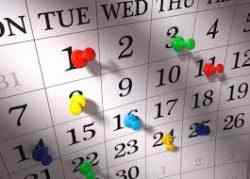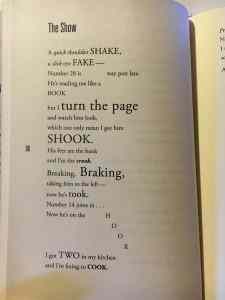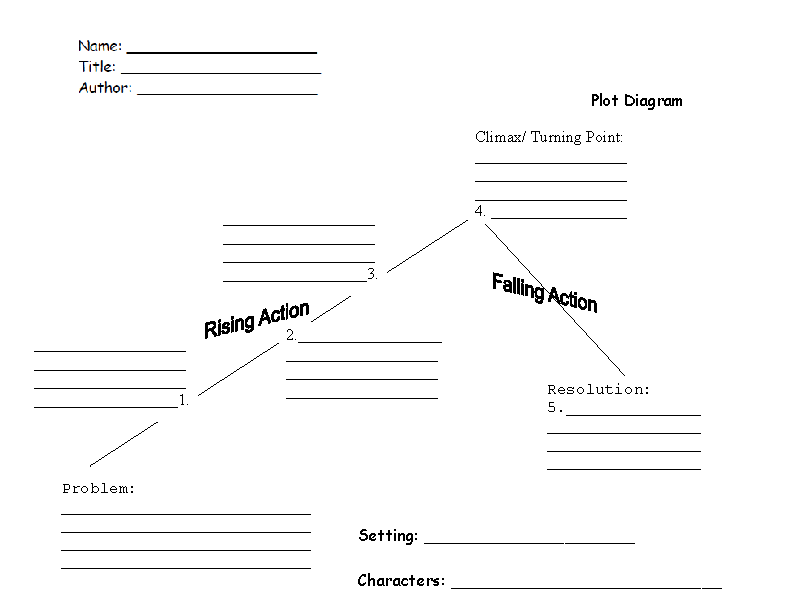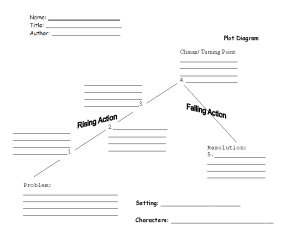Graphic novels make me Smile
For my graphic Novel, I read Smile by Raina Telgemeier. I have never read a graphic novel before, so when I opened this book for the first time I was a bit surprised. Before I even started actually reading the book, I flipped through some of the pages, admiring the artwork, expressions, and word bubbles included. After looking through the book, I started to get excited about reading this, especially since I had a lot going on during the week. I knew that I would be able to read through this book quickly, and still get the experience of reading a graphic novel.
Reading a graphic novel was a different experienced compared to other readings we’ve done in this class. I read the book in one day! I have never done that before, but I just couldn’t put the book down. The use of color, facial expressions, and big text allowed me to keep on reading. These also made the story interesting. As I was reading, I started to think about how this book would be if it were written in a ‘regular’ novel form. Without the pictures and word bubbles, I think this book would have needed to be pretty detailed, and it also just wouldn’t be the same. Since this story is based around the fact that Raina lost her teeth and went through a lot trying to fix them, actually seeing her teeth in the photos made it easier to understand what she was going through. I think that what Raina went through with her teeth wouldn’t have been seen as such a big deal without the pictures.
After reading this book, I thought about how great this genre is for students who may not like the idea of reading. Although this genre includes a lot of pictures, it still allows for the experience of learning new language, depicting emotions, and guessing what is going to happen next. Books with a lot of text can be intimidating to students. Graphic novels take away from this fear and allow children to dive into a book while still gaining the overall experience of reading.
I think that graphic novels can be used in the classroom in multiple ways. A fun project I thought of while reading through this book is to take maybe 5-10 pages out, whiting out the text, and making copies for a ‘mini book’. Students can fill in their own words, expressions, and sound effects to create their own graphic novel. This could also be done in a reverse way- leaving the text but having students draw photos to go along with the text. This allows for creativity and choice, two very big factors that are important in the classroom. I plan on purchasing more graphic novels in the future. I am so glad I was introduced to this genre of book and cannot wait to read, as well as recommend, more of these books.




